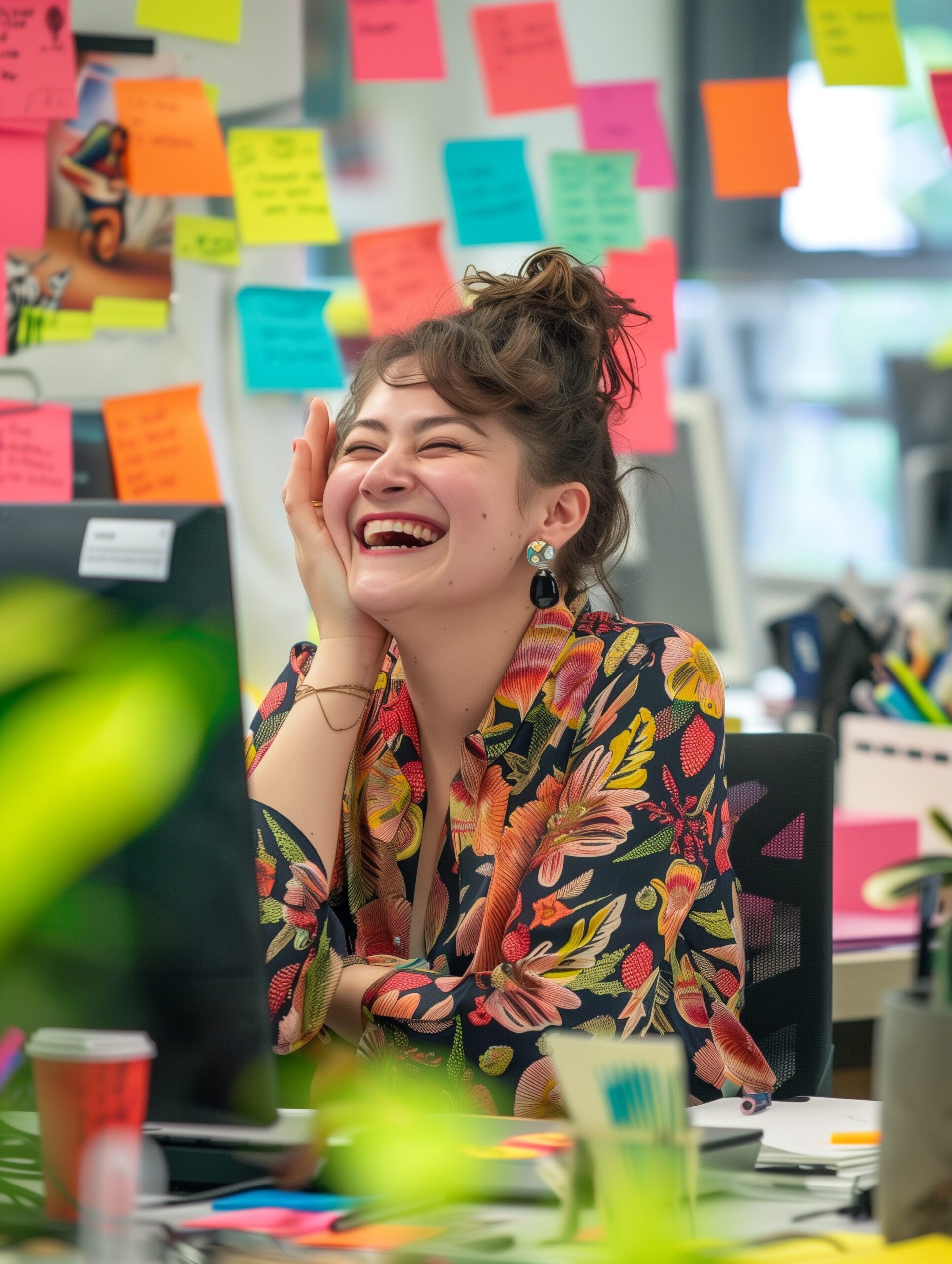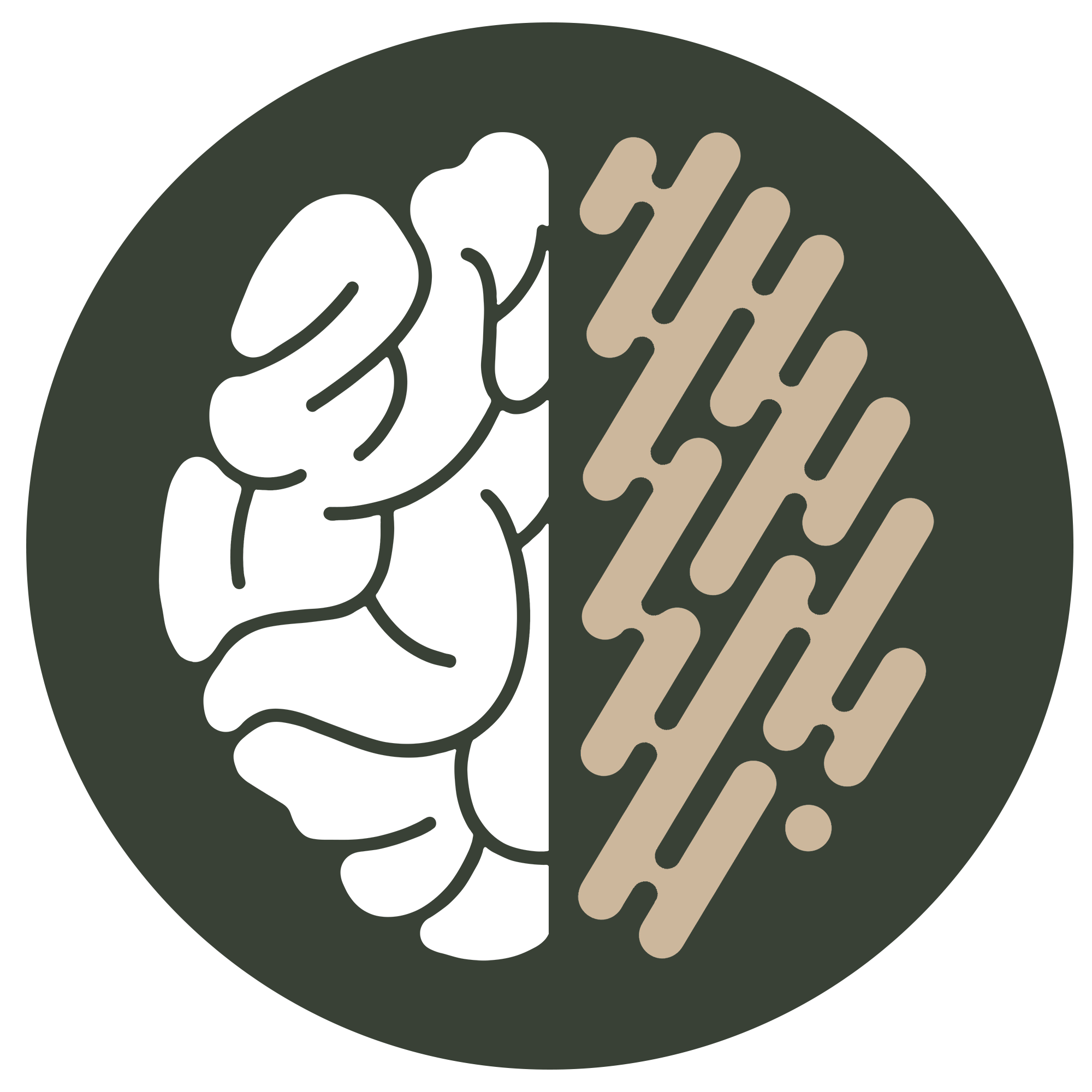Creativity is Neurodiverse
The creative industry thrives on difference – on bold ideas, unexpected angles, and fresh ways of seeing the world. So, it’s no surprise that there’s a high prevalence of neurodiversity in creative industries.
So why are so many of its most original thinkers masking who they are just to survive the workplace?
New research shows that nearly half of all creative professionals identify as neurodivergent—with conditions like ADHD, autism, dyslexia and dyspraxia shaping how they think, create, and communicate. But the environments designed to support creativity are failing the very people who drive it.
It’s a silent crisis—one affecting retention, output, and wellbeing across the industry.
A Sector Built on Innovation. Yet Blind to Its Innovators
A study by Understood.org and the 4A’s found that:
mask their neurodivergence at work, actively suppressing traits or behaviours to “fit in”.
of creative professionals identify as neurodivergent, compared to 31% in the general population.
feel safe enough to request accommodations they need to thrive.
Many neurodivergent creatives describe their workplaces as paradoxical: industries that celebrate creativity and difference outwardly, but reward conformity, speed and constant collaboration behind the scenes.
What Neurodivergent Creatives Are Struggling With
Let’s be clear: neurodiversity in the creative industry isn’t the problem. It’s the way creative workplaces are structured.
1. Sensory Overload
Open-plan offices, brainstorms in loud spaces, and fast-paced pitch rooms can trigger overwhelm for individuals with sensory sensitivities. Fluorescent lights, background noise and even strong perfumes can impair focus and increase anxiety.
2. Over-collaboration
Real-time idea-sharing, spontaneous meetings and rapid feedback loops often leave little space for neurodivergent minds to process or prepare. Many work better with asynchronous collaboration—where thinking time is built in.
3. Unclear Briefs and Expecations
Lack of structure or last-minute changes can create anxiety and cognitive fatigue, especially for those with executive function differences. Neurodivergent professionals often thrive on clarity, routine and predictability.
4. Punishing Deadline Culture
While 85% of creatives say deadlines help them deliver, 90% say they hinder their creative thinking. For neurodivergent individuals, rigid deadlines without flexibility can lead to burnout, poor output, or even shutdown.
5. Unconscious Bias
Neurodivergent behaviours, such as stimming, direct communication, difficulty with eye contact or slower verbal processing, are often misinterpreted as disinterest, rudeness or lack of competence. This leads to exclusion from key projects or progression routes.
6. Masking and Burnout
To avoid judgement, many hide their needs and mimic neurotypical behaviours. This constant masking is exhausting-and one of the leading causes of burnout among neurodivergent professionals.
The Business Impact
When neurodivergent creatives are unsupported, the effects ripple far beyond individual experiences.
Creativity Suffers
Brilliant ideas are lost when thinkers can’t bring their full selves to the table or when they burn out trying to survive environments that don’t fit.
Engagement drops
People who feel misunderstood, excluded or constantly on edge will eventually disconnect from their work and the organisation.
Turnover increases
Losing neurodivergent talent isn’t just a diversity issue, it’s a commercial one. These individuals are often behind the most disruptive ideas, strategic pivots, and viral campaigns. When they leave, they take intellectual property, institutional knowledge and potential with them.
Brand inconsistency rises
Creative brands sell uniqueness. If your internal culture forces sameness, it won’t be long before your external voice rings hollow.
How to Support Neurodiversity in Creative Industries
You don’t need to overhaul your organisation overnight. But inclusion for neurodivergent creatives requires more than awareness. It demands systemic shifts in how we work, lead, and measure success.
Neurodiversity in the creative industry is not just important – it’s essential.
The sector thrives on fresh ideas, unconventional thinking, and the ability to see the world differently, all of which are often strengths of neurodivergent individuals. From artists and designers to writers and directors, some of the greatest creative minds in history were likely neurodivergent, challenging norms and redefining what’s possible.
To truly innovate and push boundaries, the creative industry must embrace and champion neuroinclusive cultures that not only welcome diverse thinkers but actively empower them to thrive. By doing so, we unlock new perspectives, fuel originality, and future-proof creativity itself.
Here’s where to start:
Create psychological safety
Make it safe for people to share their needs without fear. Train managers on neuroinclusion and remove the stigma around adjustments.
Clarify and simplify
Provide structured briefs with written follow-ups. Be clear about expectations, deliverables and timeframes. Give notice before changes.
Value outputs, not just presence
Don’t reward the loudest in the room. Reward the quality of thought, not just the speed of delivery or verbal charisma.
Redesign workflows
Offer flexible deadlines. Allow asynchronous ideation and reduce meeting overload. Make quiet spaces the norm, not the exception.
Creativity Isn’t About Fitting In
Neurodivergent creatives don’t need fixing. They need environments that recognise their value, honour their ways of working, and give them space to create without constraint.
Inclusion in the creative industries must move beyond surface-level messaging. It’s time to build real cultures of neuroinclusion—where difference is not just welcomed, but respected, resourced and retained.
If you want to fuel long-term creative excellence, it starts by designing a workplace where your most original thinkers can finally be themselves. Neurodiversity isn’t going anywhere, now is the time to harness to power of neurodiversity, provide meaningful support to nearly half the minds that contribute innovation within the creative industry.




